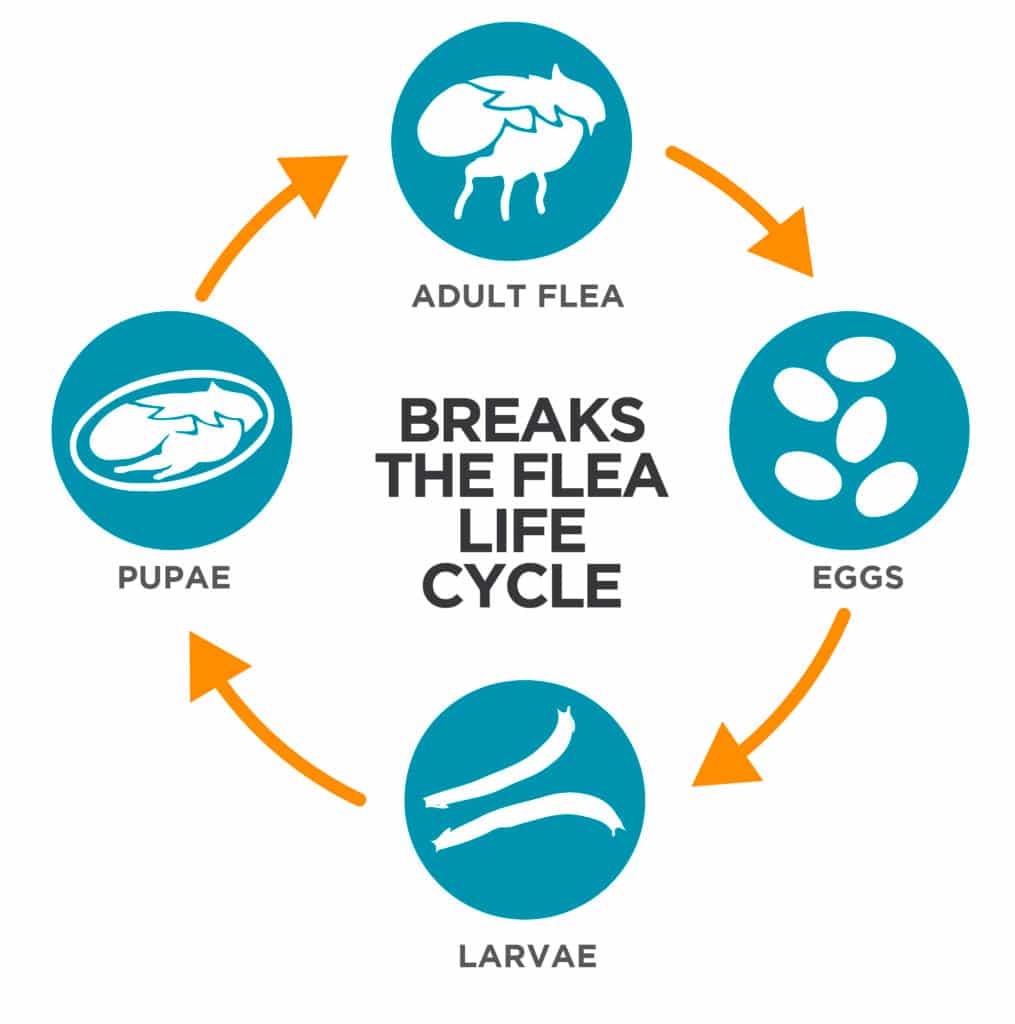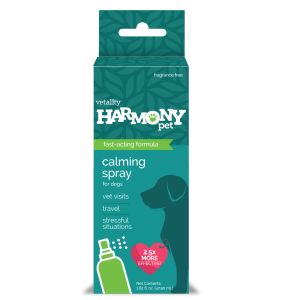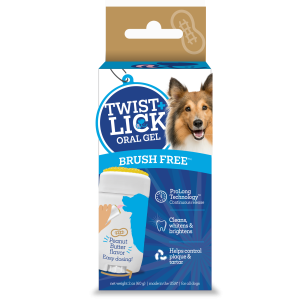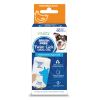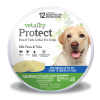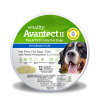Subtotal: $12.99
Blog
The Flea Life Cycle and what it means to you!
Unless you and your pets are prodigiously lucky, you will likely experience fleas at some point in your life. These annoying pests can be found in nearly every city in every state in the country. What’s worse is they can find their way into your home in the blink of an eye if you aren’t careful. Understanding these blood suckers is the key to eliminating them from your home and preventing them from entering in the first place! Understanding their unique life cycle is one of the key factors in that process. Which is why this article will shed some light on the various steps in a flea’s life.
Adult Flea
These are the fleas we know and love, well not really that last part. They are the stage of life that jumps onto your pet, or and makes them itch and scratch. Male and Female fleas find a host, like your pet or you, shortly after emerging from a pupae and begin mating. Female fleas need blood from your pet before they can lay their eggs. The itching they are known for is caused by them sucking blood from your pet, which irritates their skin, leading to scratching. Some pets are allergic to the flea saliva, leading to flea bite dermatitis, which can cause serious irritation and complications. While these are the fleas we see and feel most often, they only account for 5% of the flea population in a home. Meaning while they are irritating, they are just the tip of the flea iceberg.
Eggs
When a male and female flea love each other very much, your pet and carpeting will eventually become covered in flea eggs. These eggs are the start of the flea life cycle. They are laid on pet and fall off onto the floor as your pet moves around your house. The eggs are smaller than a grain of sand and can be hard to see. A single female flea can lay up to 40 eggs a day, so you can see how the problem can get out of hand.
The eggs take anywhere from two days to two weeks to develop and hatch. They have a quine characteristic that allows their eggs to hatch faster in warm and humid environments, the ideal flea conditions. Flea eggs represent around 50% of the fleas in your house, meaning it is too important a step to leave untreated. When these eggs hatch out comes the next life stage, Flea Larvae
Larvae
Flea Larvae are blind, hate being out in the light and cannot eat blood like their parents. Not the best way to start out life, but flea larvae have one thing going for them, flea dirt. If you’ve dealt with fleas before you’ve seen flea dirt. Pre-digested blood that passes through adult fleas and feeds flea larvae. These small, white, legless larvae are up to 1/4th of an inch long and spend their time eating to prepare for their transformation. It can take a larva anywhere from 5 to 20 das to eat enough to start spinning their pupa, it can also depend on environmental conditions. These larvae are 35% of the flea population of your home, and they lead to the last stage in our cycle break down.
Pupae
The flea Pupae are similar to the cocoon stage of many other insects, though they are less of a welcome site. Flea larvae spin the cocoon out of silk. . This outer shell protects the fleas as they develop and separates them from the dangers of the environment. These cocoons are sticky which allows them to embed themselves deep into your carpeting, and difficult to remove with methods like vacuuming.
When the fleas are done developing, they will remain in this closed cocoon until the sense a host is nearby. They do so via carbon dioxide levels, vibrations and a few other factors. Pupae can remain in these cocoons for months and even years, meaning your home could be a flea time bomb waiting to go off! They can represent up to 10% of the flea population in your home. Then when they sense the time is right out comes an adult flea and the cycle starts all over!
Breaking the Flea Life Cycle
Now that you know about the various stages in a flea’s life, let’s get to the part that’s important to pet owners. How do we use this information to fight fleas? One of the best things you can do, or your pet is to apply a topical flea medication to them, to kill the fleas already there, and the ones that will get on them later. Vetality has several products that are perfect for dogs and cats of any size! As we said though that’s just PART of the solution. Regular vacuuming of the home to clear flea eggs and flea dirt is also important. Eliminating eggs prevents them from hatching and eliminating flea dirt can help starve larvae. Home flea sprays and powders can also be effective here.
Pupae are unfortunately harder to deal with; they can’t be killed by chemicals in your home and are too sticky to be vacuumed up. That’s why keeping a flea solution on your pet is so important. When the adult flea emerges, it will seek out your pet, then, of course, the newly emerged flea will die.
Understanding those stages in the flea life cycle gives pet owners the tools to fight fleas and keep their pets comfortable in their own home. It also gives them a better understanding of how to use the weapons at their disposal.

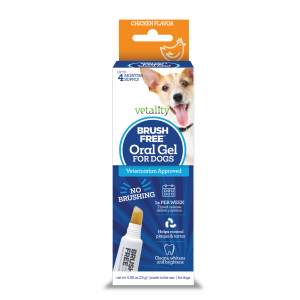 Vetality Brush Free Oral Gel for Dogs
Vetality Brush Free Oral Gel for Dogs 